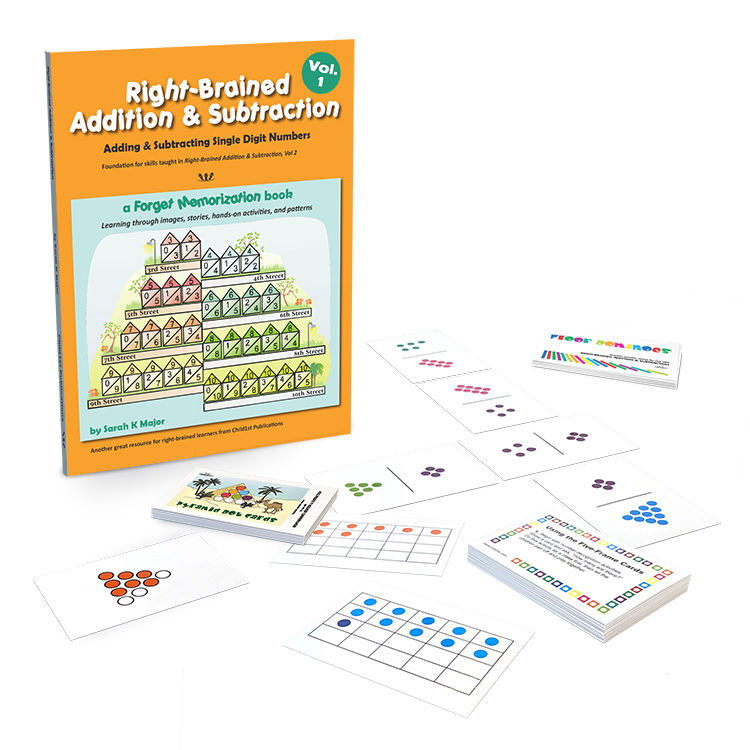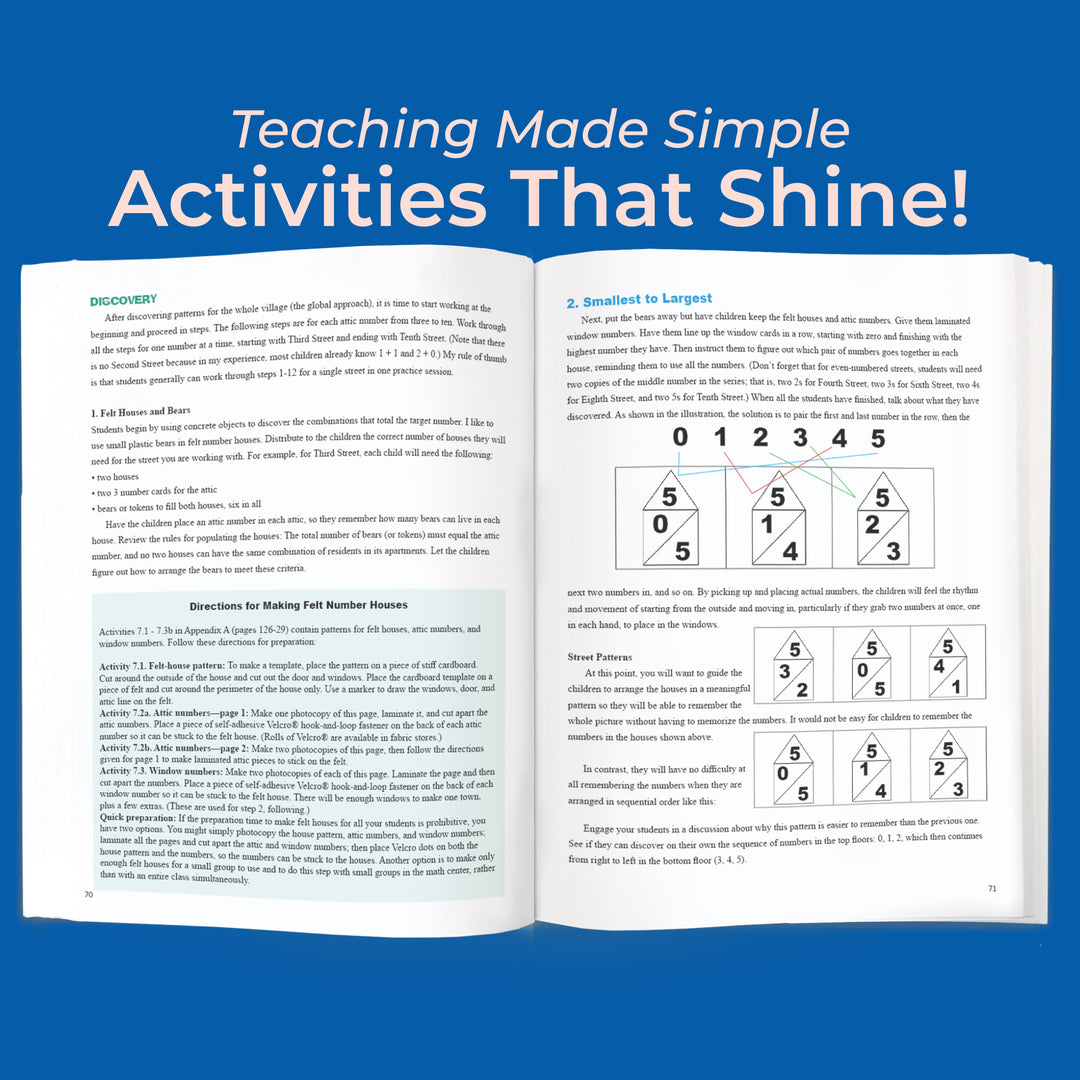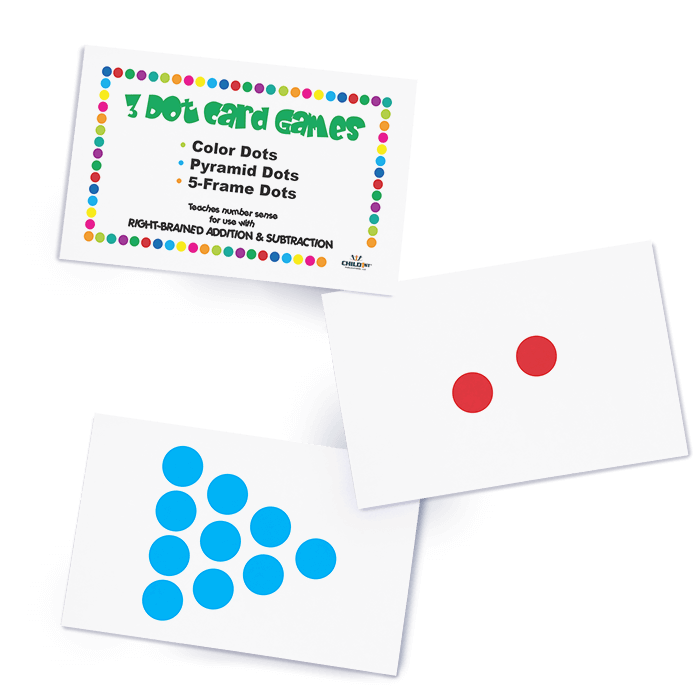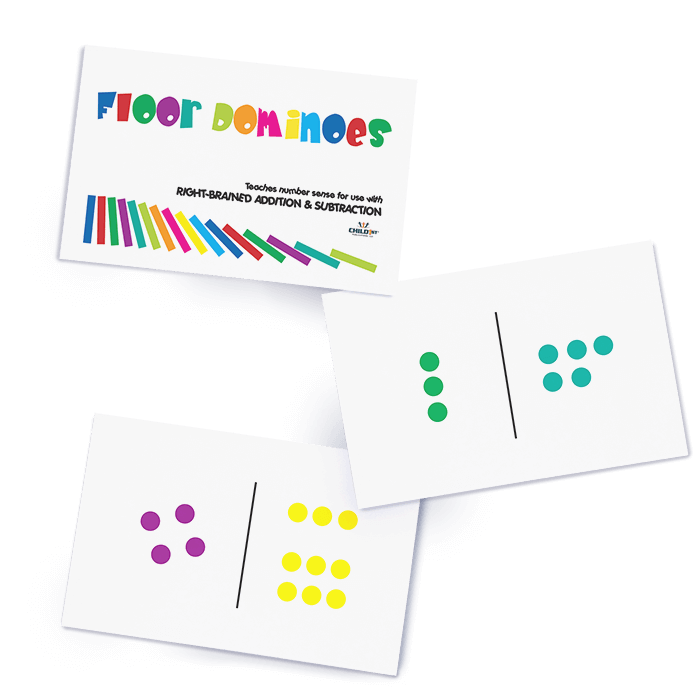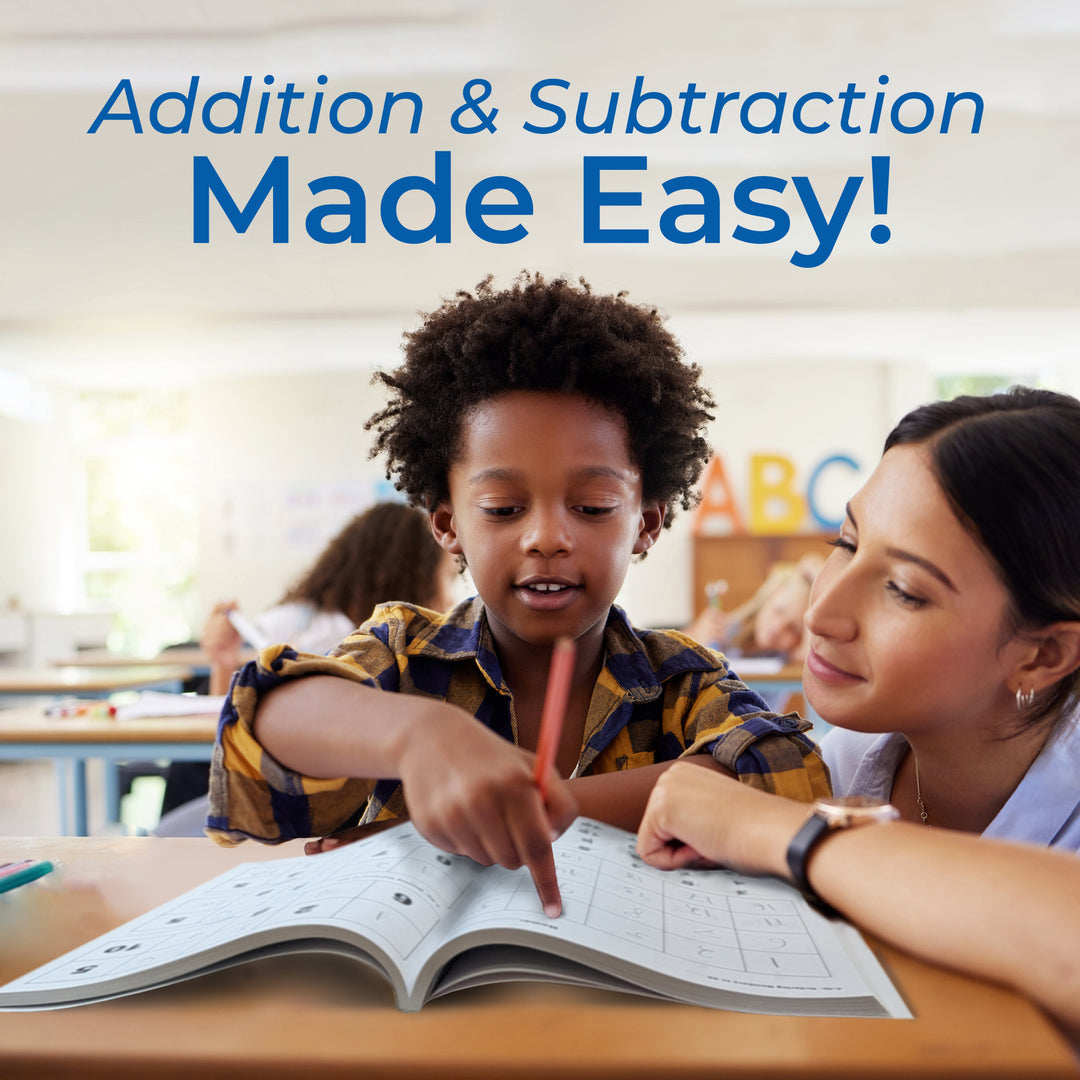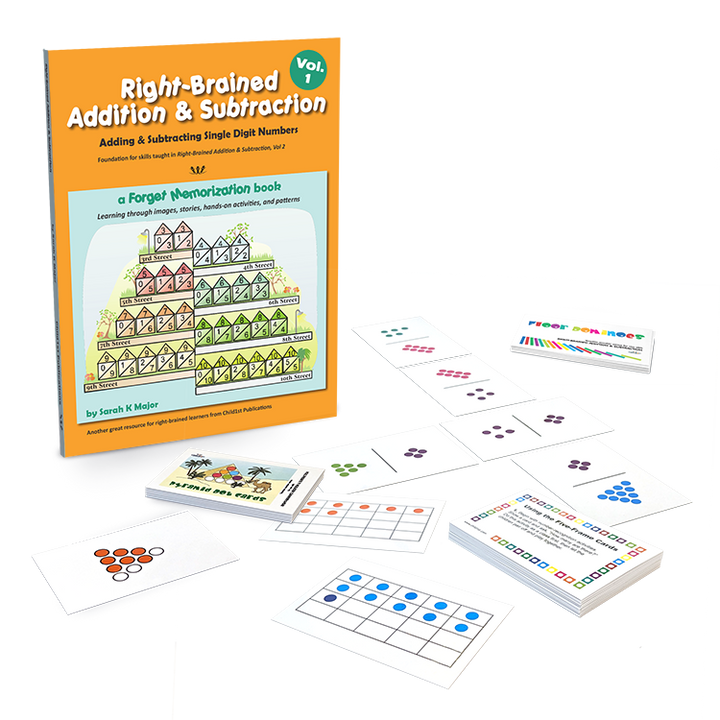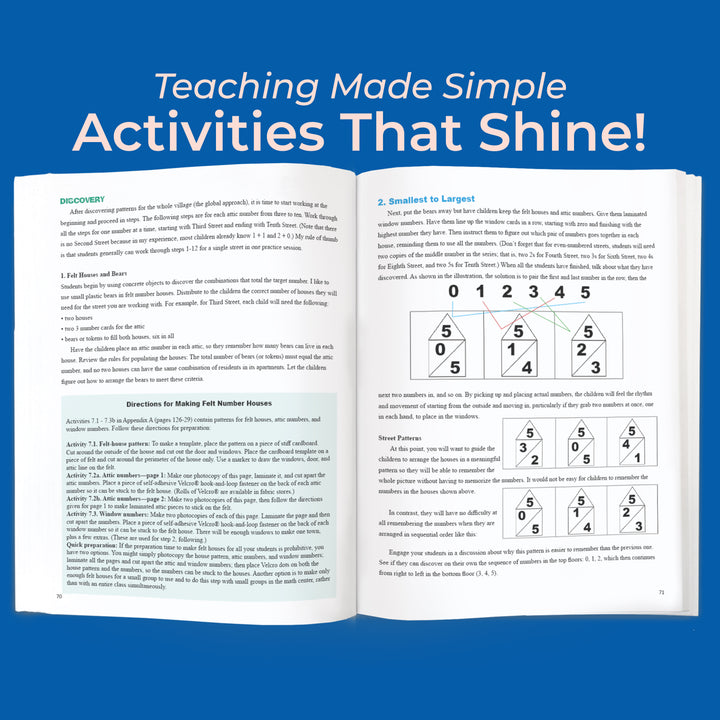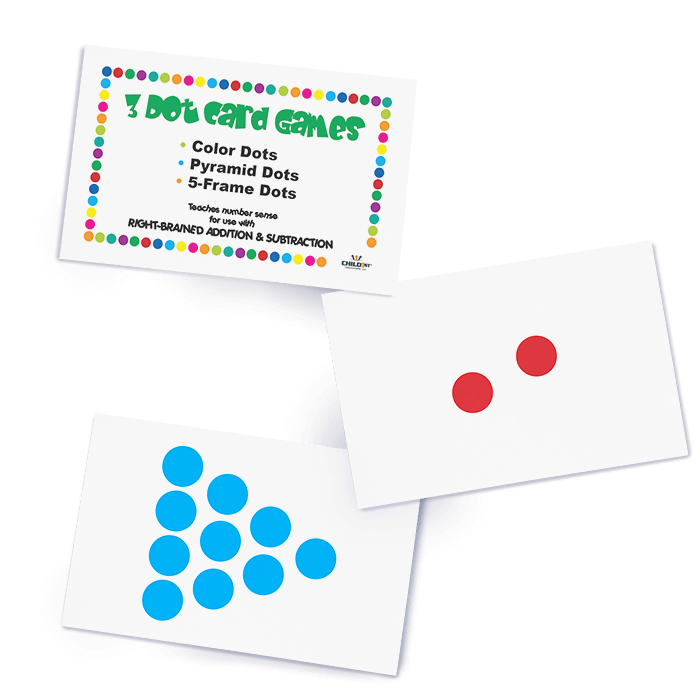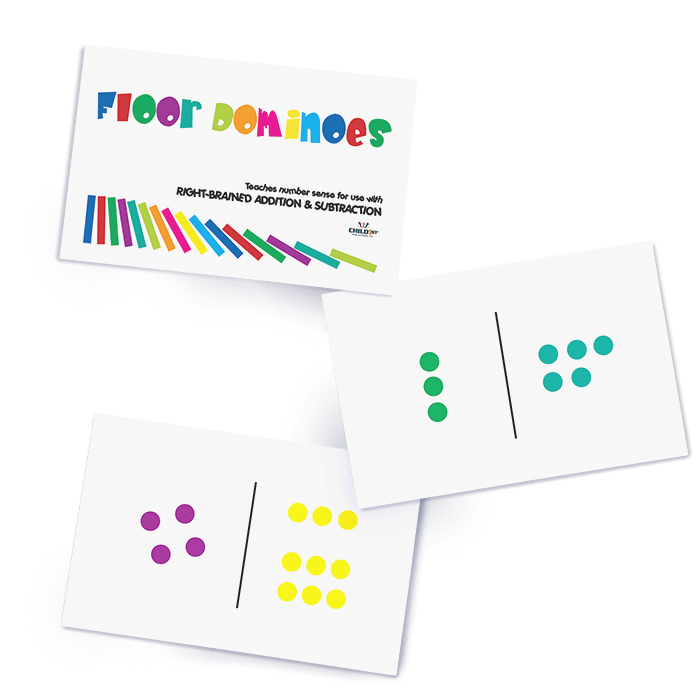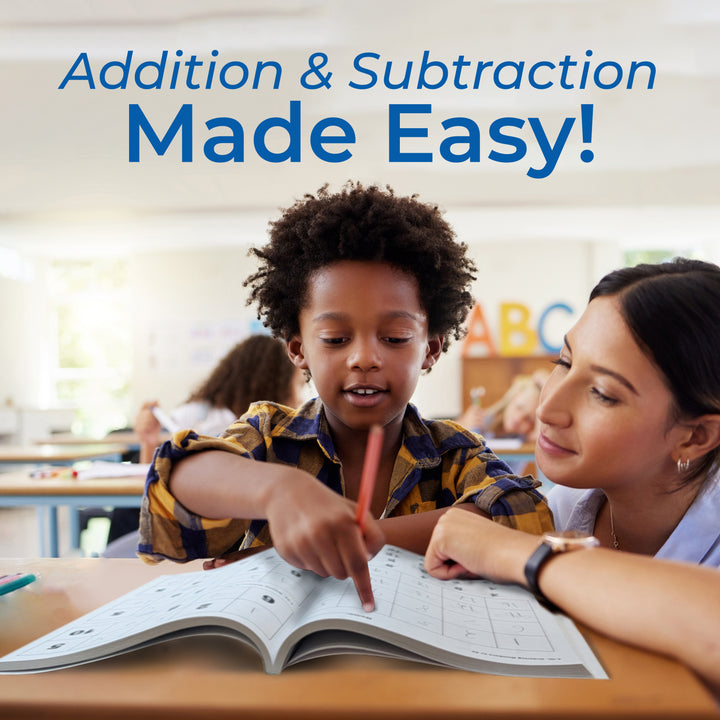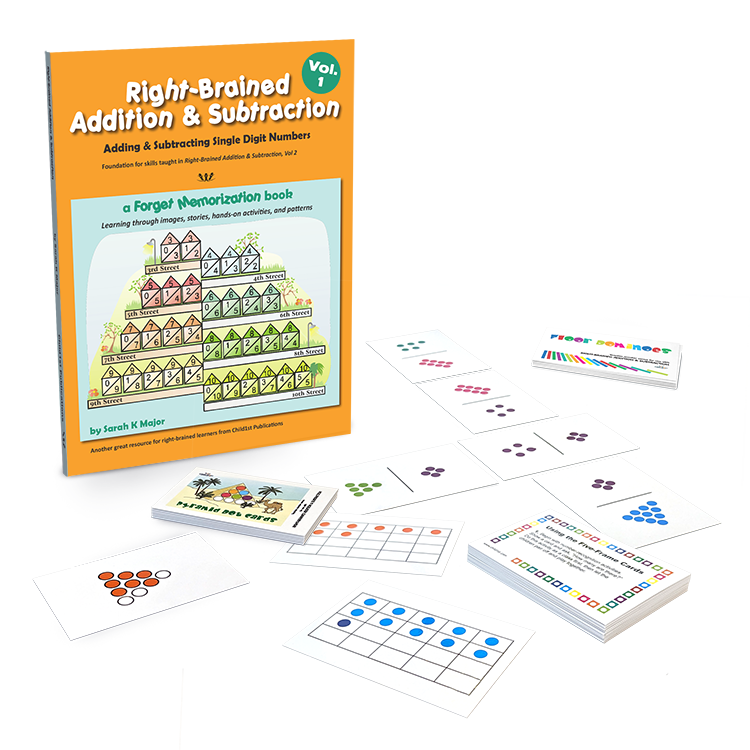Description
Product Specs
Related Articles
Tools & Resources
Unlock the power of math for your child with Right-Brained Addition & Subtraction Vol. 1 Kit! Dive into a world where math becomes a breeze through engaging stories, colorful visuals, and hands-on activities. This transformative kit makes learning addition and subtraction fun and accessible, catering to visual and kinesthetic learners. With captivating games and sturdy materials, this kit sets the stage for math success from the very beginning. Say goodbye to math struggles and hello to confident problem-solving skills with Right-Brained Addition & Subtraction Vol. 1 Kit!
What’s Included
- Right-Brained Addition & Subtraction Vol. 1
- Domino Card
- Dot Cards
You may also like
FAQs
Visto recientemente



